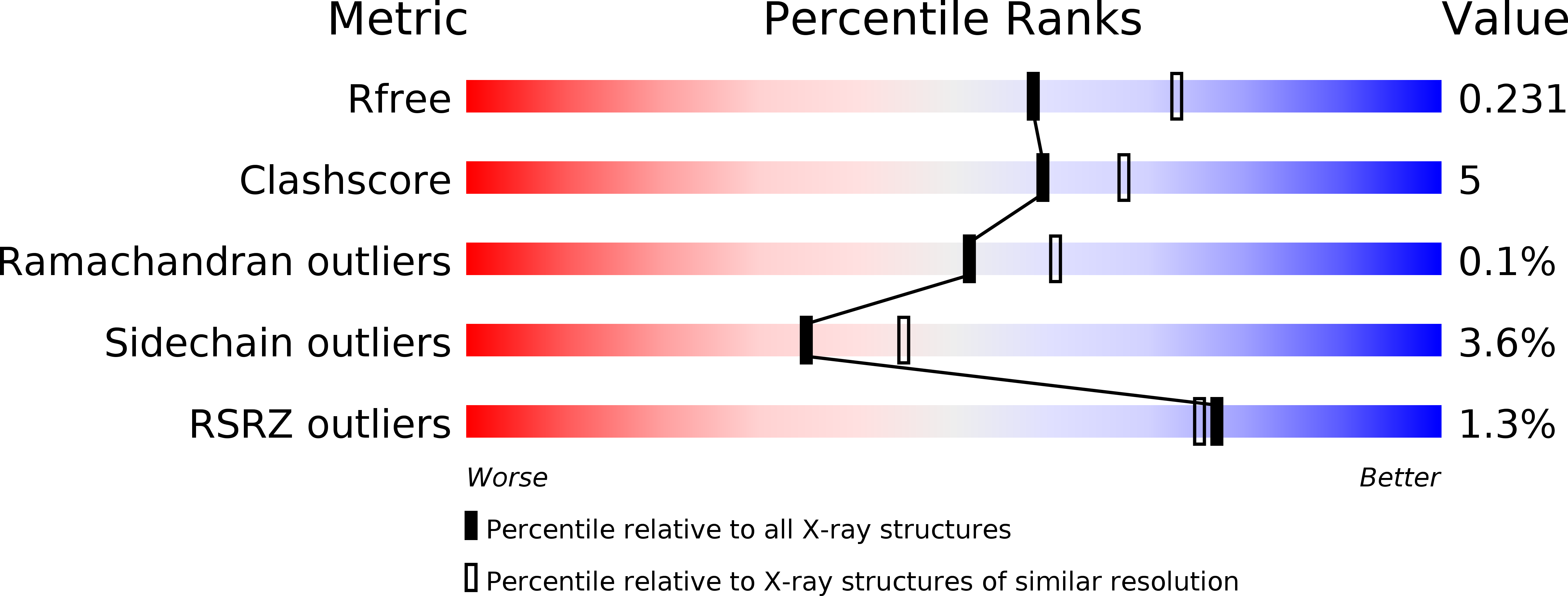
Deposition Date
2017-05-18
Release Date
2017-08-02
Last Version Date
2024-05-08
Entry Detail
PDB ID:
5O1M
Keywords:
Title:
Structure of Latex Clearing Protein LCP in the closed state
Biological Source:
Source Organism:
Streptomyces sp. (strain K30) (Taxon ID: 256642)
Host Organism:
Method Details:
Experimental Method:
Resolution:
2.20 Å
R-Value Free:
0.22
R-Value Work:
0.17
R-Value Observed:
0.17
Space Group:
P 1


